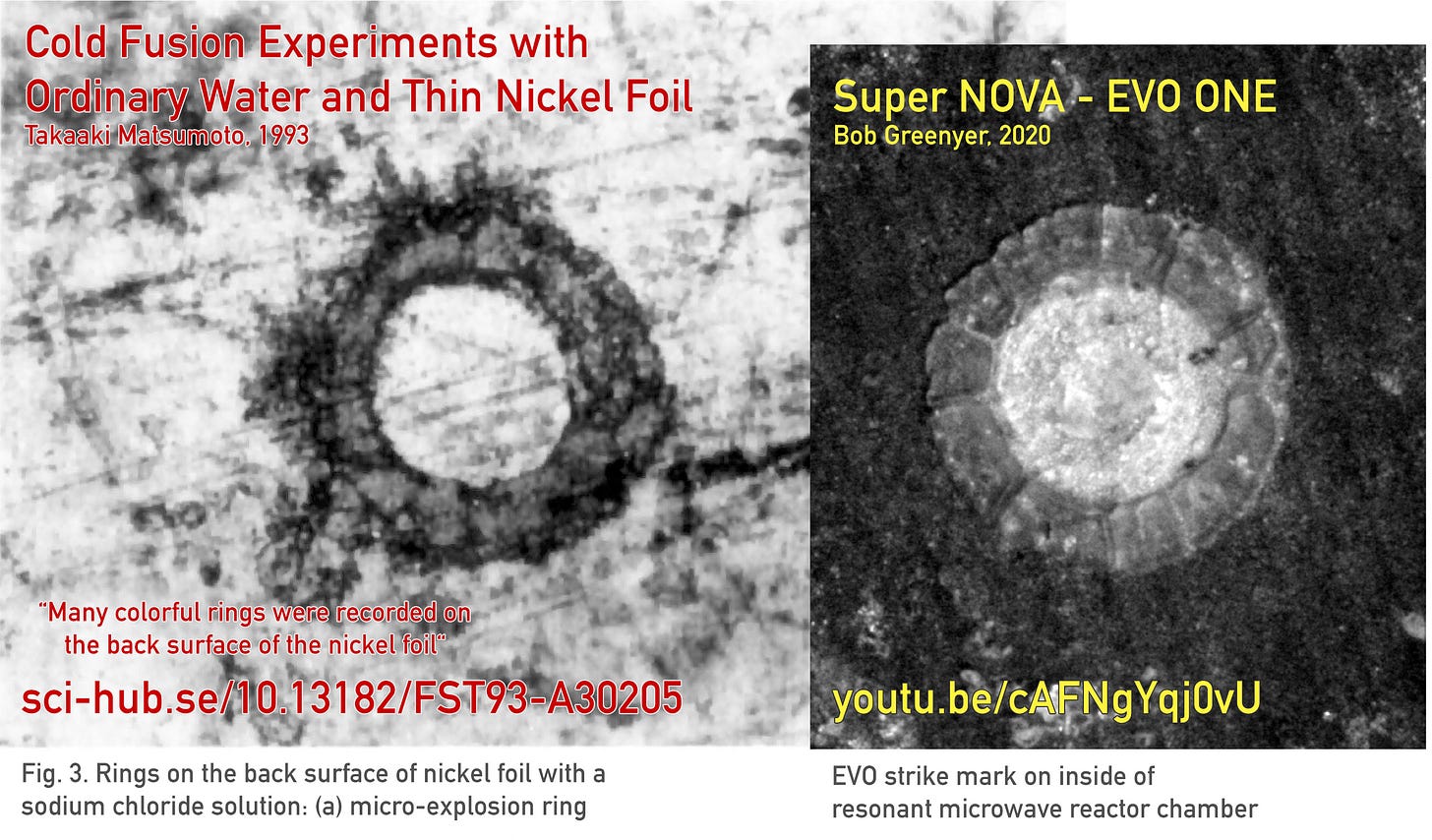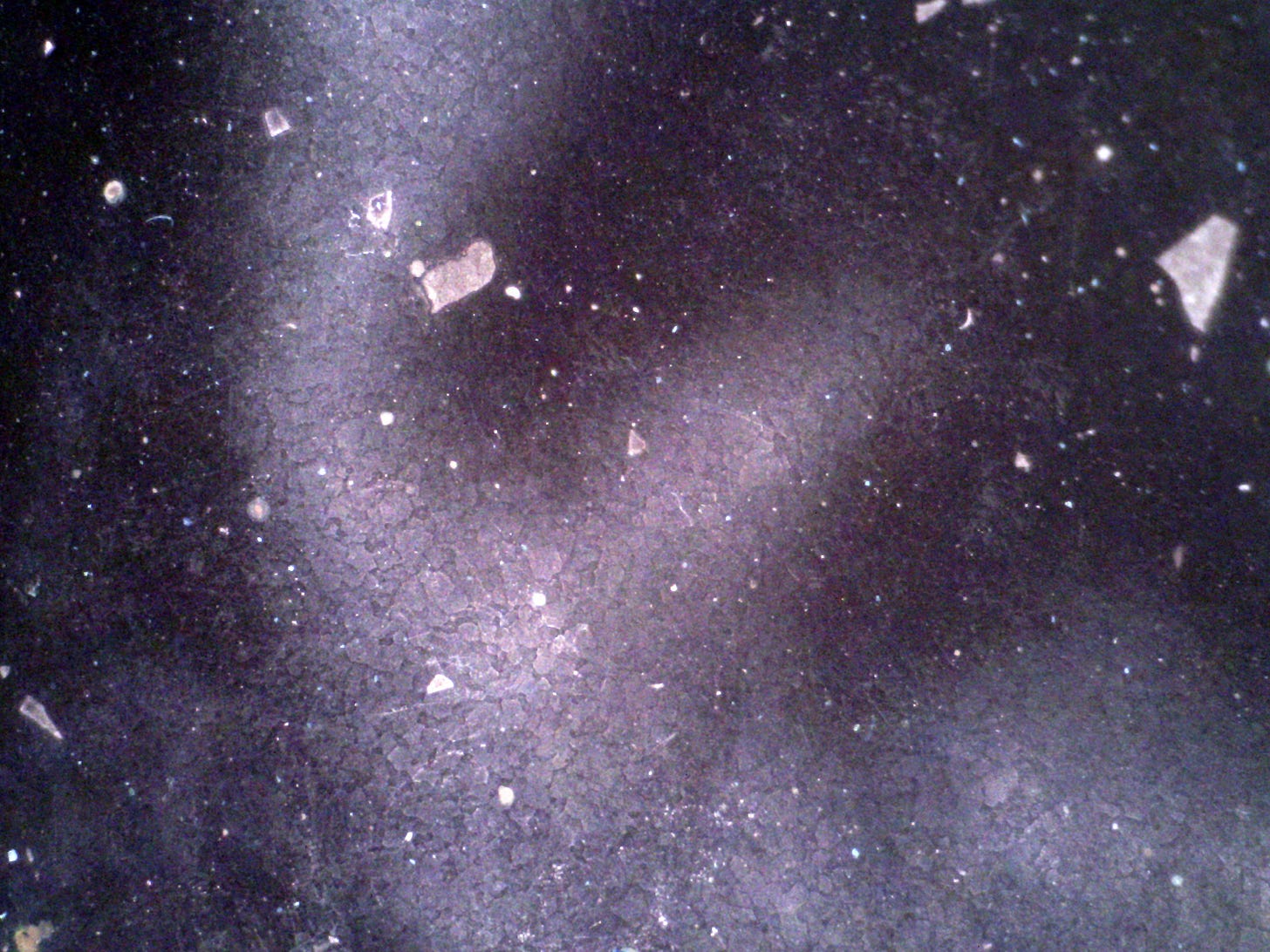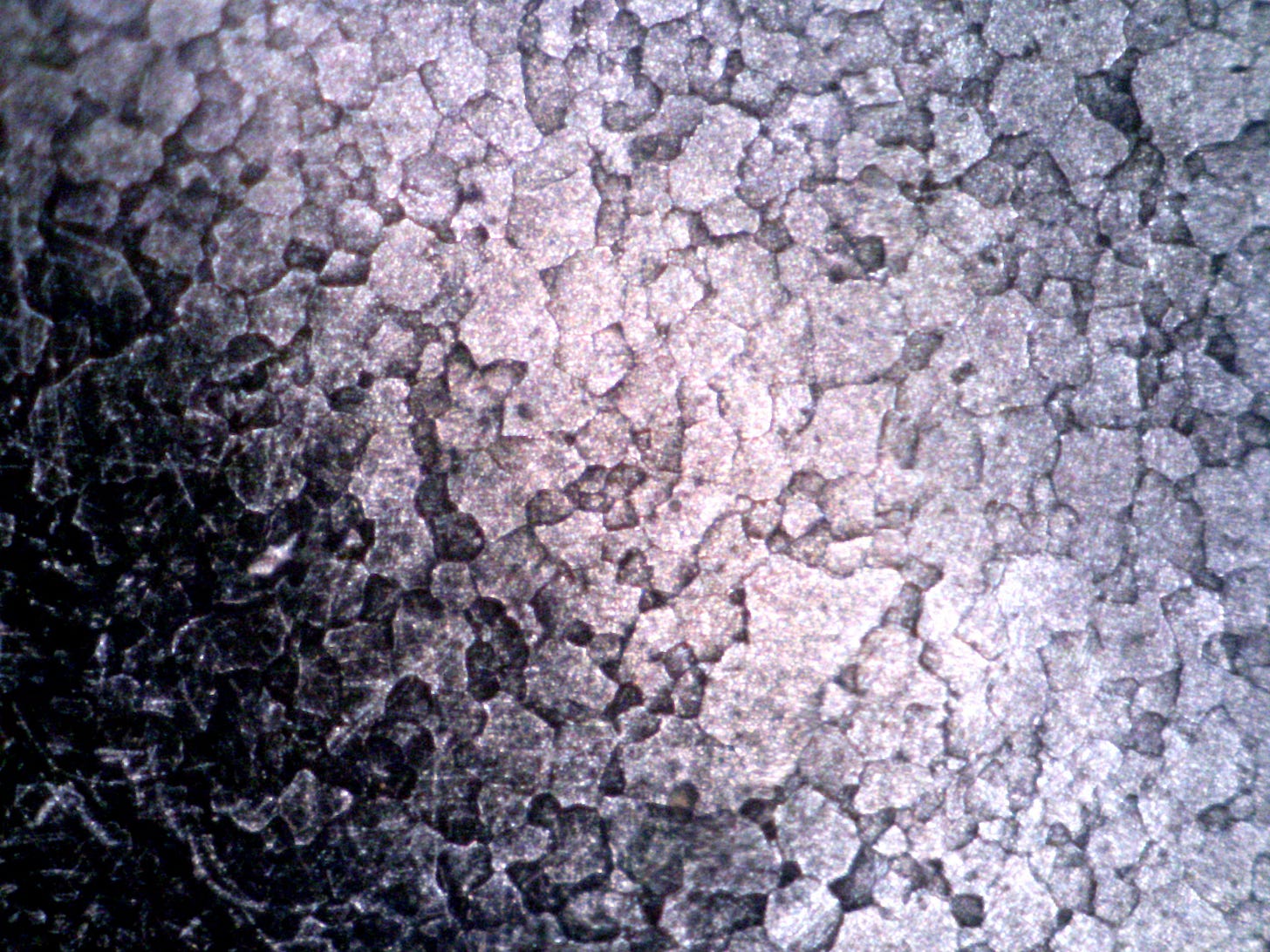Has Henk Jurrien achieved a repeatable Hutchison-Like effect in his VEGA reactor?
Can we now explain it?
LIVESTREAM, Sun 13 November 2022 @ 21:00 CET
Fig. 1. shows EVO effects in Ken Shoulders’ 1999 experiment on thin Al foil (L) and Henk Jurrien’s 2022 VEGA Pillow on ‘made thin’ brass. Ken established this is the kind of mark left on the backside of a strike mark.

In Fig. 2. We can see EVO strike marks on backside of Nickel foil from Matsumoto in 1993 (L) and a similar one observed on the Al reactor chamber in Super NOVA microwave resonant plasma experiment (R).

Fig. 3. Is a colour image of the EVO strike mark shown above (R) in Fig. 2. We see that there is are geometrical shaped zones that are affected differently.

Fig. 4. Shows another EVO strike mark from VEGA Pillow 01 experiment, which like the Super NOVA ‘EVO 01’ in Fig. 3., has differently affected geometrical areas around the central point.


VEGA - Pillow 01 - 3D section representation
Download for DinoLite Edge microscopy stack focus images.
VEGA - Pillow 01 - Dino-Lite Edge microscope session
VEGA - Pillow 02 - Dino-Lite Edge microscope session
VEGA - Pillow 01 - b - Semi-stable front window view
VEGA - Pillow 01 - c - Stable quarter-on view
VEGA - Pillow 01 - d - First look at pillow
VEGA - Pillow 01 - e - Look at anode from pillow experiment
VEGA - Pillow 01 - f - Close-up look at pillow




Bob, you probably saw this ICCF presentation from George Egely. For anyone who didn't, it's a great summary of the LENR universe of possibilities: https://youtu.be/G4DWy1xA6gs?t=573
Bob, after your incredible presentation proving the reality of the Hutchison Effect, I came across this article in Science showing how fractals (Sierpinkski Gasket) can form the basis of photonic Topological Insulators, objects with superconducting edge states: no insulating bulk needed. Seems like the Hank pillow structure also showed that the surfaces are where the action is. (Can also send you the full PDF.) https://www.science.org/doi/10.1126/science.abm2842